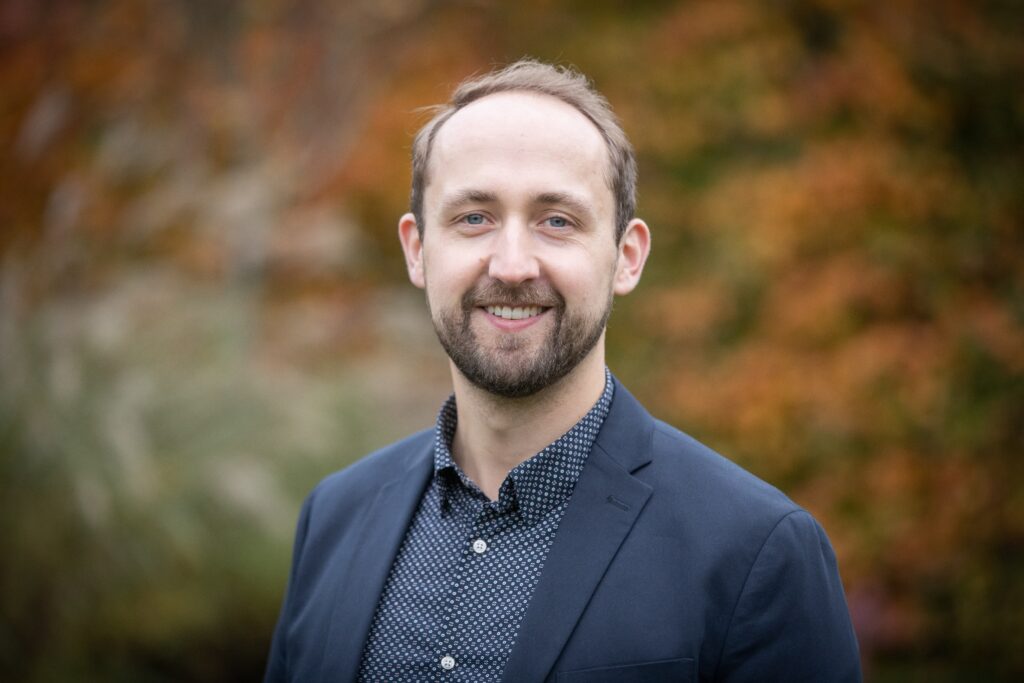

Group Leader of the Photothermal Catalysis Lab
Assistant Professor at the Physics and Astronomy department at Vrije Universiteit Amsterdam
Teacher and coordinator within the Mechanical Engineering BSc program at VU Amsterdam and University of Twente
Dr. Sven Askes is an assistant professor at the Vrije Universiteit Amsterdam since September 2023, leading an ambitious research program on plasmonic photothermal catalysis as part of the PhotoConversion Materials section.
His background includes more than 12 years of academic research experience at the crossroads of photophysics, nanophotonics, materials science, (bio)inorganic chemistry, and heterogeneous catalysis. Highlights include the successful development of:
- Molecular photon upconversion in nanoscale drug carriers for light-activated anticancer therapy (PhD, Leiden Institute of Chemistry)
- Light-driven CO-releasing molecules and materials for biomedical applications, based on molecular photochemistry and triplet-energy transfer mechanisms (PostDoc 1, Jena)
- Photoelectrochemical synthesis of catalytic plasmonic nanostructures (PostDoc 2, AMOLF)
- Alternative plasmonic materials and nanostructures for plasmonic photochemistry and nanoscale heating (Veni research fellow at AMOLF & VU Amsterdam).
His research program is focussed on understanding how nanoscale light-to-heat conversion at ultrafast timescales can be leveraged to increase the output of catalytic reactors. His group combines photothermal catalysis experiments, Raman spectroscopy, finite-element modelling, and microkinetic analysis, through which a detailed understanding is obtained on how periodic illumination affects the energy efficiency and selectivity of catalysts. This research has led to break-through discoveries of ultrafast heating by metal nitride nanoparticles, “thermal imprinting” of plasmonic hotspots, and dynamic heterogeneous catalysis using photothermal heat-pulses. He has been awarded a Veni grant (250 k€, 2019), an NWO-XS grant (50k€, 2021), and an ERC Starting Grant (1.500 k€, 2023).
His research vision for the next 10 years is …
- To make meaningful contributions to the understanding of how we can leverage material, nanostructure, time dynamics, nanoscale energy flow, and heterogeneous interfacial processes for light-energy conversion technologies
- To apply this knowledge in the development of useful nanophotonic, material science, and photochemical technologies.
